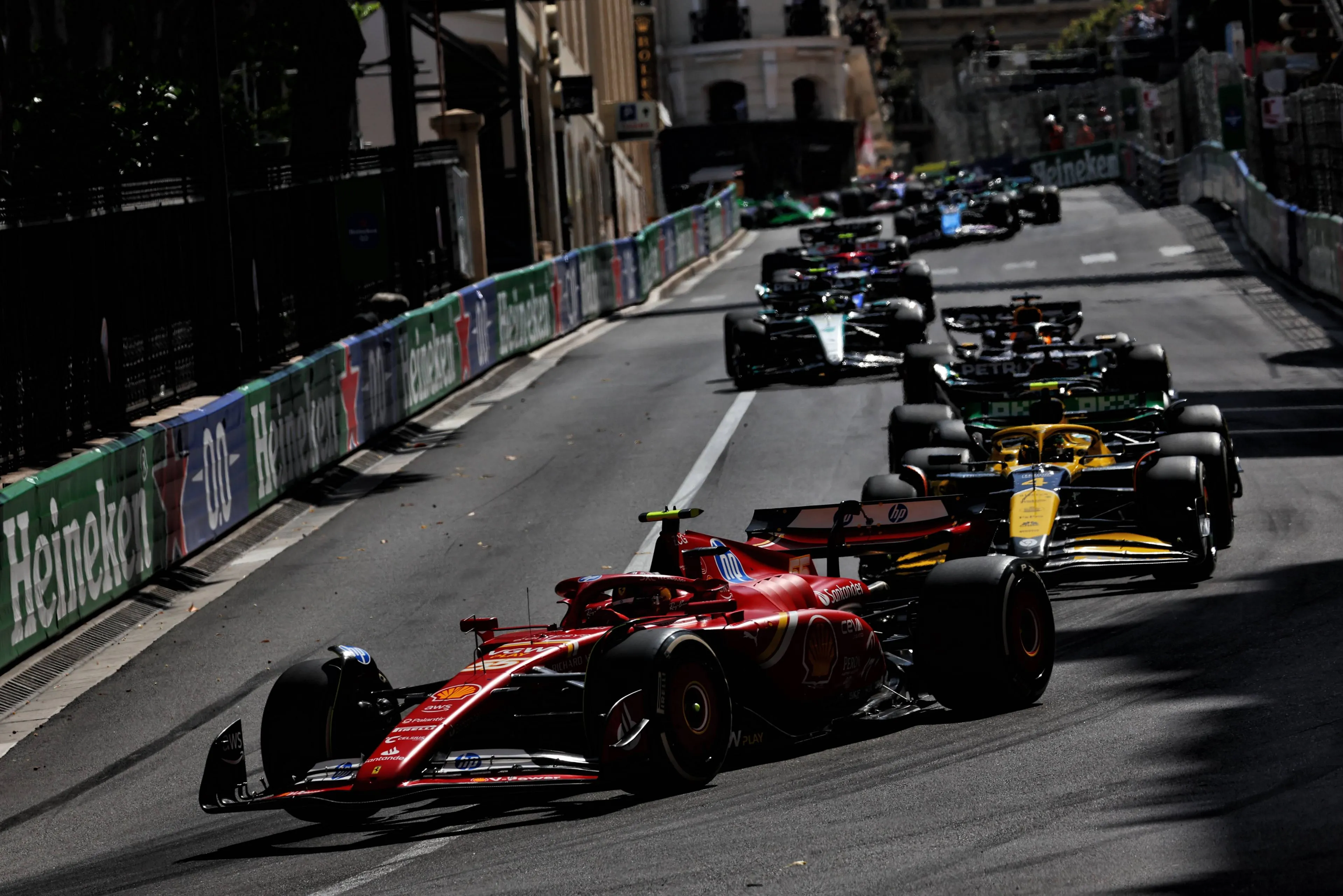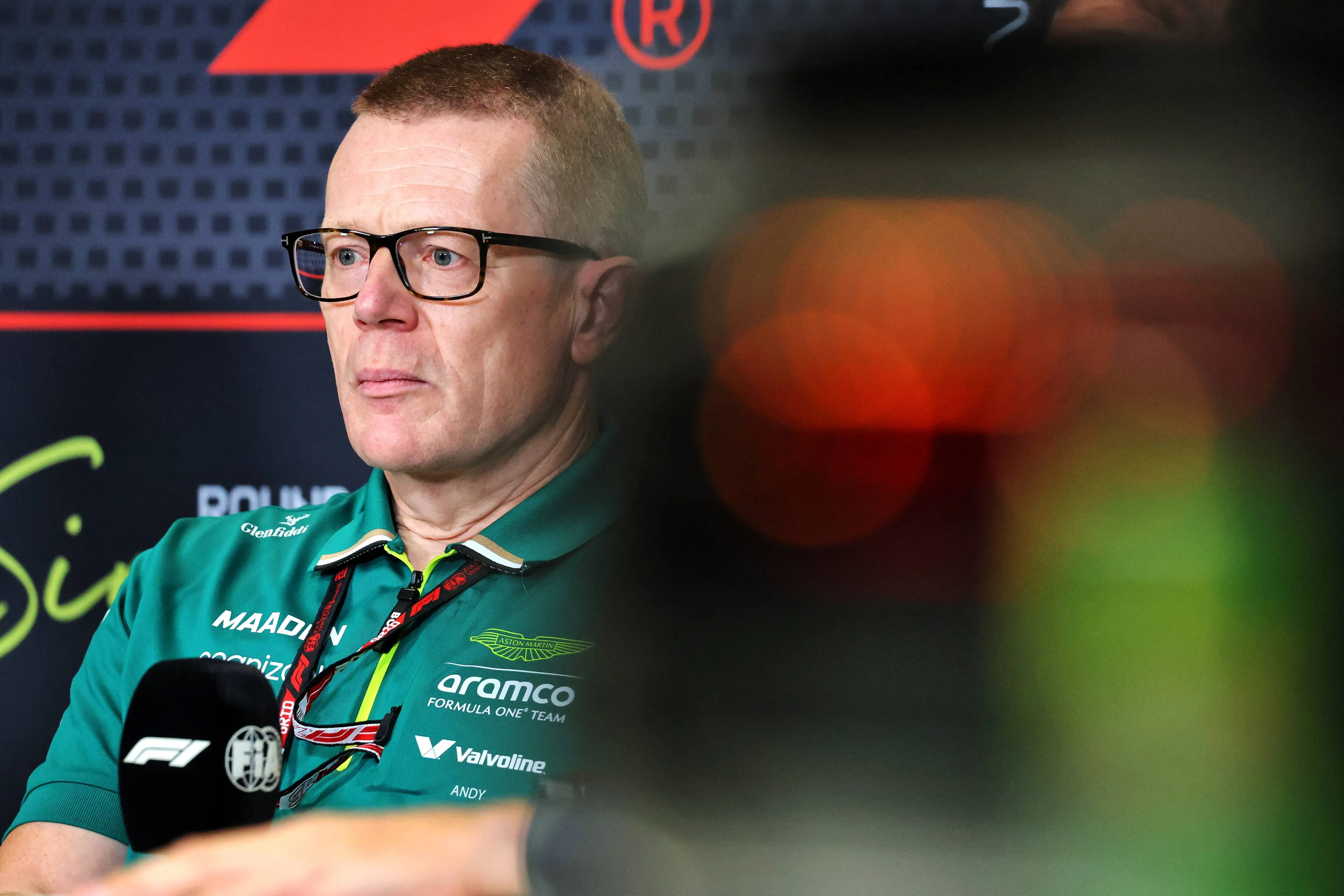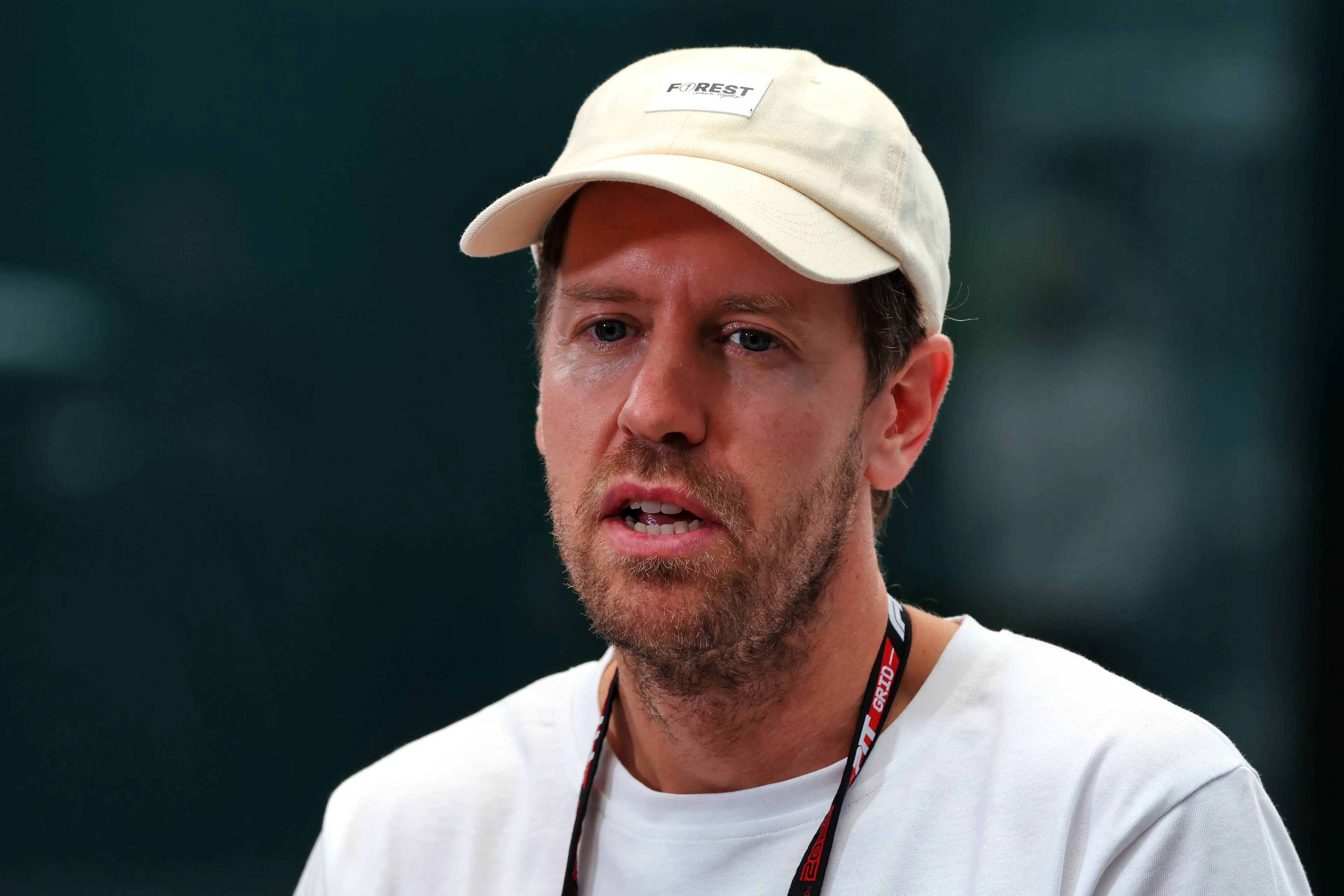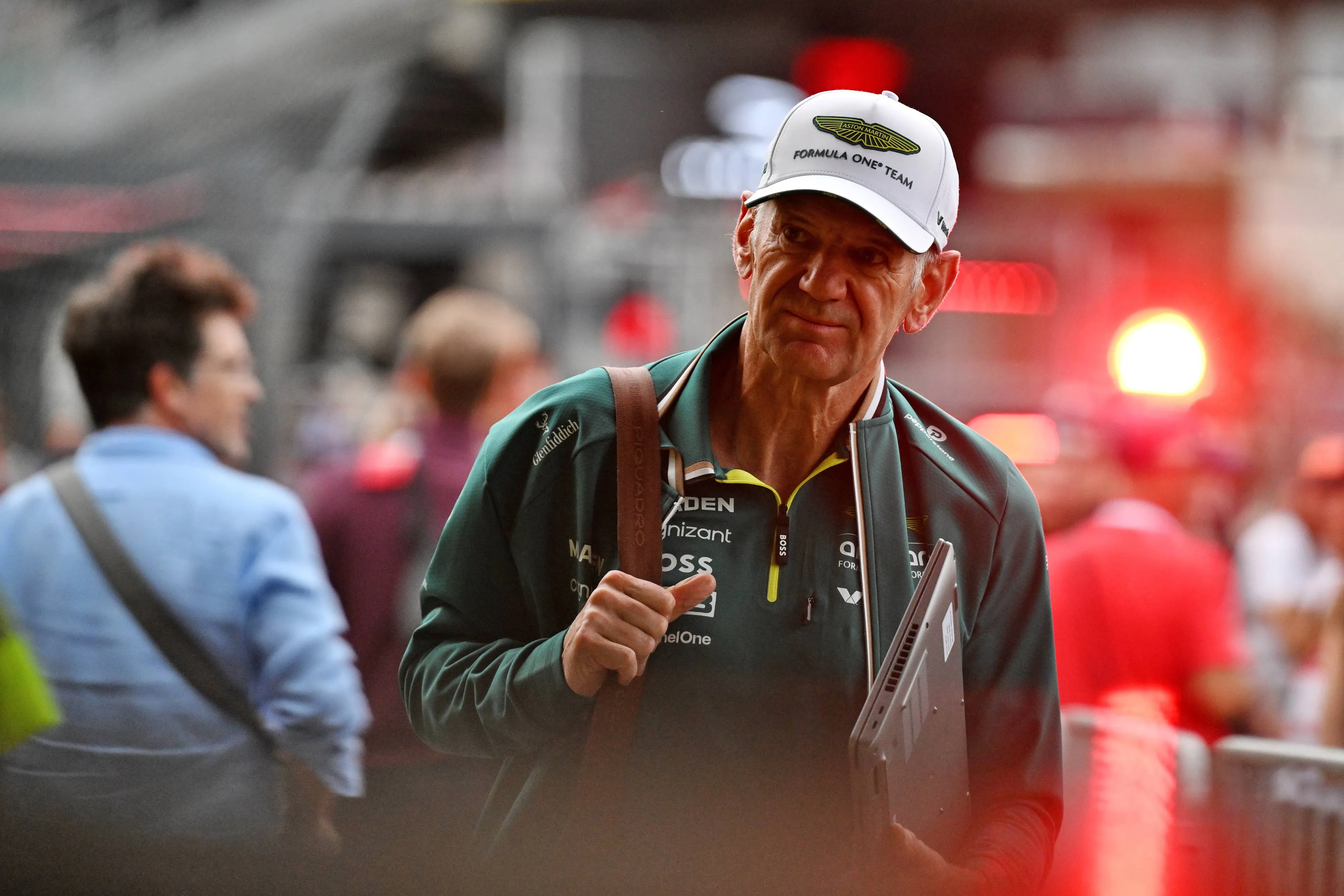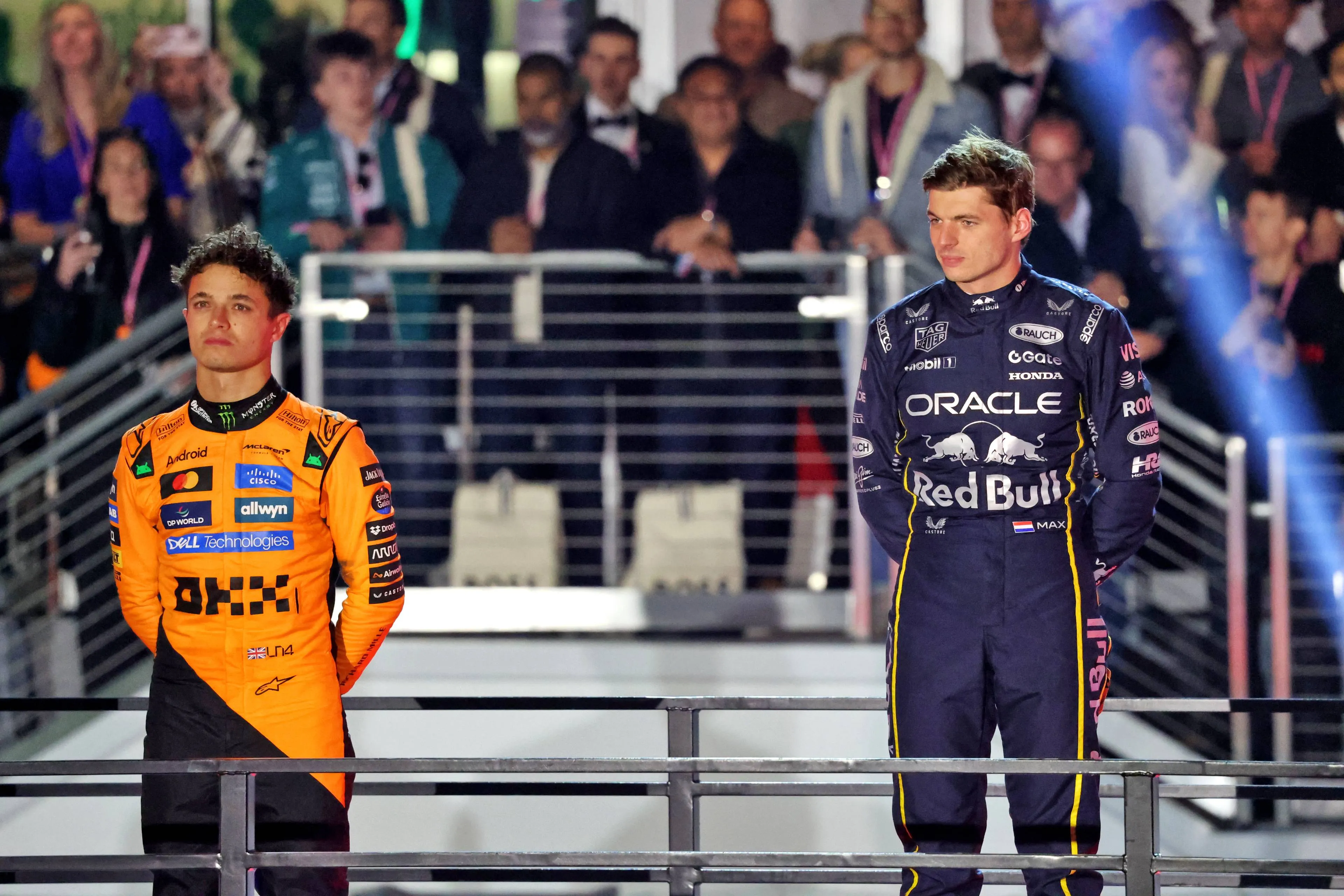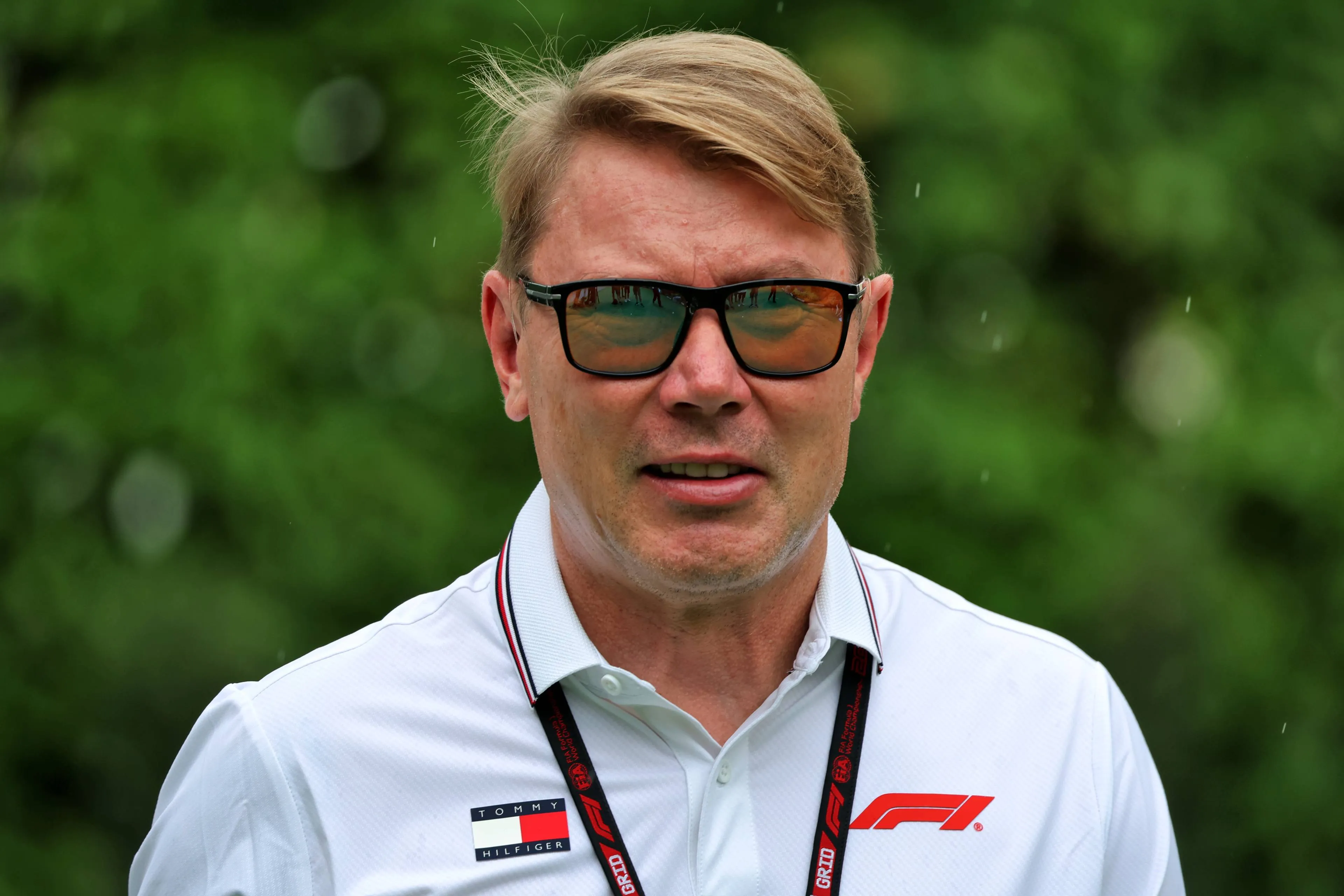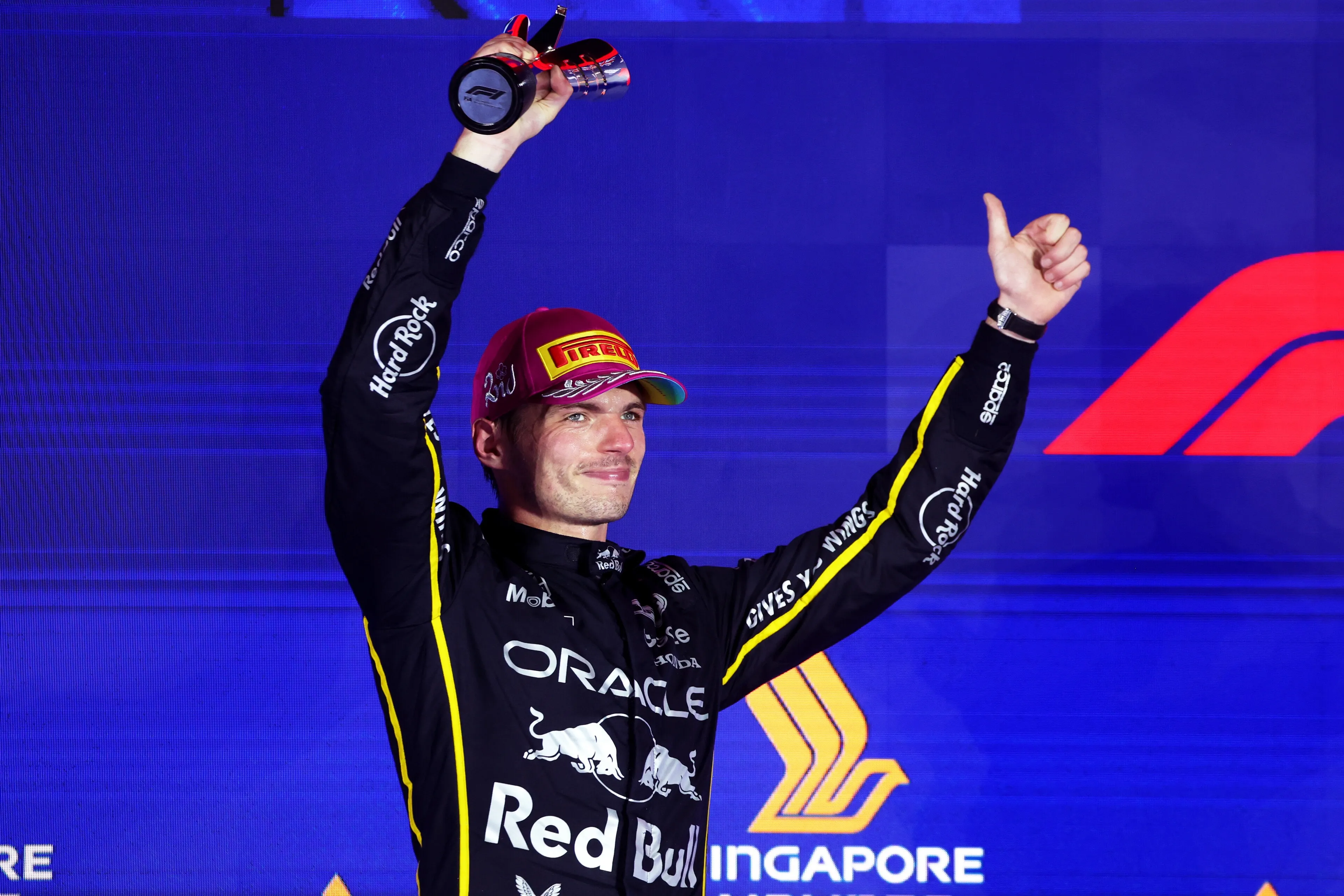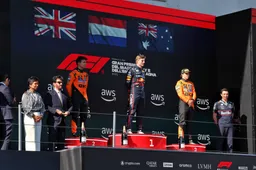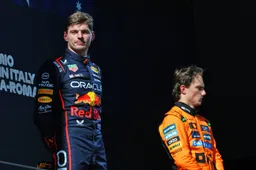Monaco Grand Prix radical change explained: Why the 2 mandatory pitstops
16:01, 19 May
3 Comments
For the Monaco Grand Prix a minimum number of two mandatory pitstops has been set in place and GPblog will explain why the FIA has made this somewhat controversial decision.
In 2024 a lap 1 crash involving then Red Bull and Haas drivers Sergio Perez, Kevin Magnussen and Nico Hulkenberg - the first two now ousted from the series and the latter currently at Sauber - brought out a red flag.
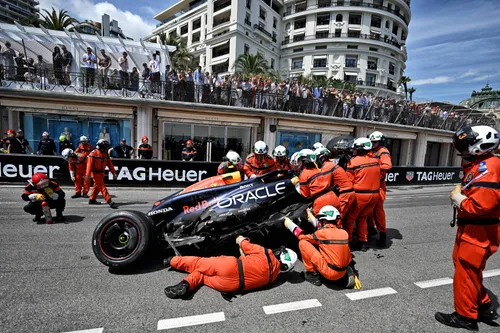
Monaco GP Marshalls attempt to extricate Sergio Perez stricken Red Bull from the race track
Under current red flag rules all drivers still in contention in the Grand Prix can make a free switch to fresh tyres - perhaps a change to this rule might have been more appropriate.
All drivers then started restarted the race on fresh rubber with only seven drivers making a pitstop later on in the race. To no avail since, due to the proportions and weight of the current cars, even with a tyre advantage it is impossible - or almost at least - to overtake on track at Monaco.
At the front the leaders were lapping some seconds slower than the estimated race pace to preserve their tyres and make sure they could see the race finish, which they did.
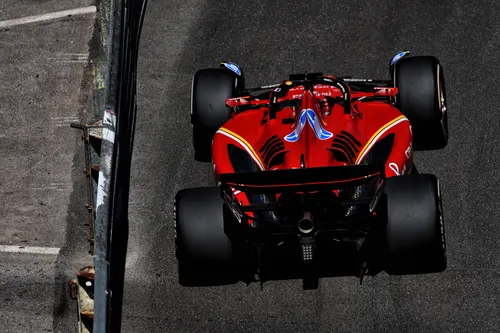
Charles Leclerc won the race in Monaco in 2024 without making an official pitstop since he changed tyres under red flag conditions
Why a 2-mandatory pitstop rule is being implemented for the Monaco Grand Prix
Due to the circumstances laid out above, the race itself could hardly be called a race. There was no real excitement and in the end it would be safe to say that despite local hero taking the chequeared flag, Charles Leclerc's win at Monaco was less than inspiring.
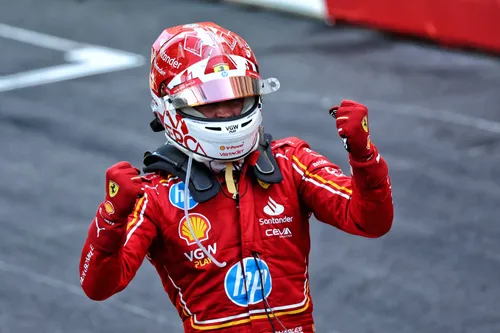
Charles Leclerc celebrates his 2024 Monaco GP win
"For the race in Monaco, each driver must use at least three (3) sets of tyres of any specification described in Article 30.1a)i), during the race" read the revised FIA rules around the amount of sets of tyres each driver had to don throughout the race. For context, for all other races, the prescribed sets of tyres stands at 2.
"And, unless they have used intermediate or wet-weather tyres during the race, each driver must use at least two (2) different specifications of dry-weather tyres during the race, at least one (1) of which must be a mandatory dry-weather race tyre specification as defined in Article 30.2c)ii)."
Not adhering to the revamped tyre usage rules at Monaco will result in dire consequences for the driver in question.
"For the race in Monaco, if the race is suspended and cannot be re-started, thirty (30) seconds will be added to the elapsed time of any driver who did not, when required to do so, use at least two (2) specifications of dry-weather tyre during the race, or who did not use at least three (3) sets of tyres of any specification during the race."
"Furthermore, an additional thirty (30) seconds will be added to the elapsed time of any driver who used only one (1) set of tyres of any specification during the race."
Even disqualifications will be handed out if a driver fails to comply.
"Unless the race is suspended and cannot be re-started, failure to comply with these requirements will result in the disqualification of the relevant driver from the race results."
Read more about:
Rumors
Popular on GPBlog
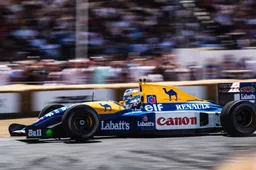
1
F1 team principal to make a stunning return to racing
6183 times read

2
Toto Wolff picks his most underrated Formula 1 driver on the grid
3916 times read
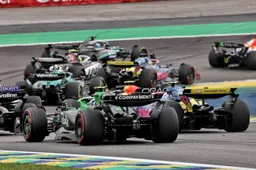
3
Severe penalty looms for Formule One drivers if they ignore Qatar’s new rule
2238 times read

4
Verstappen on the verge of matching famous Senna record in Qatar
2197 times read
Loading
